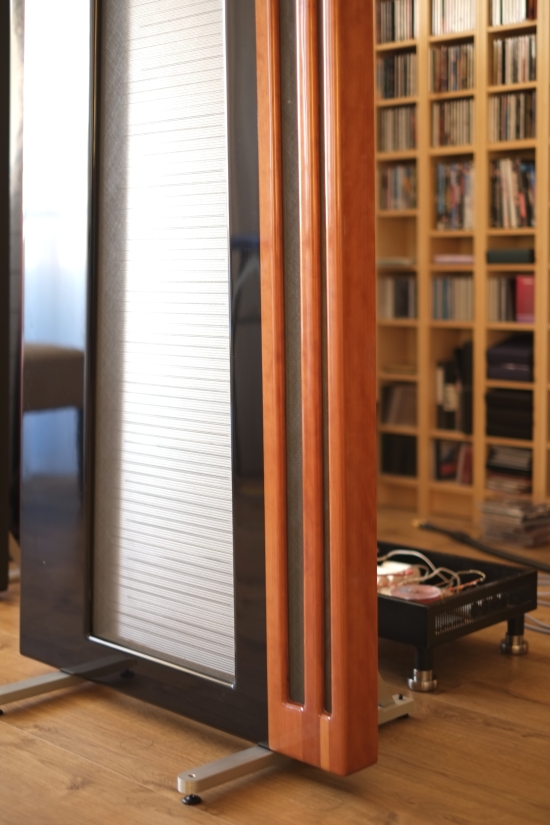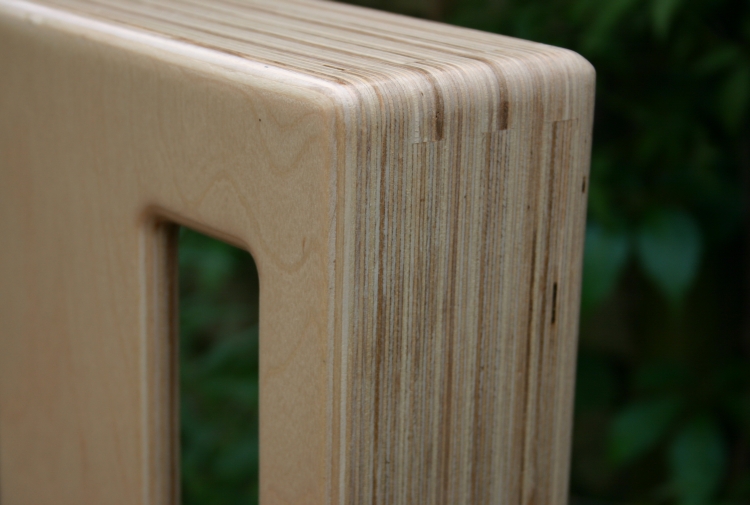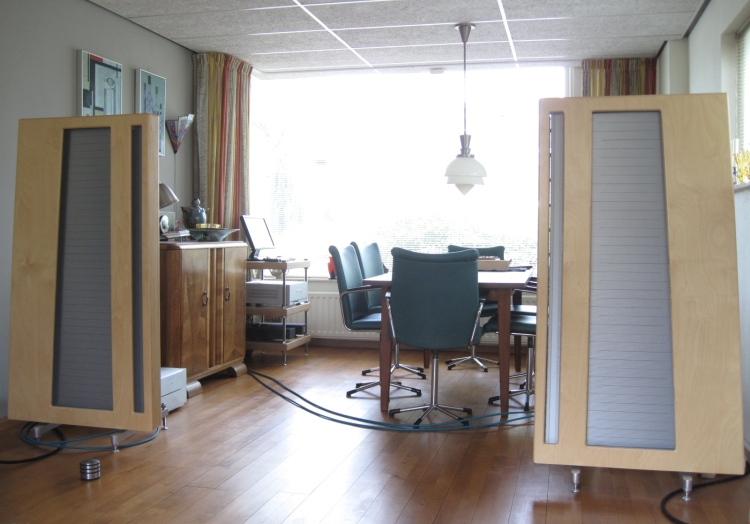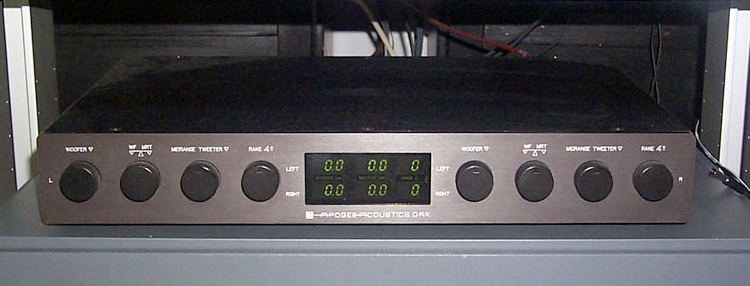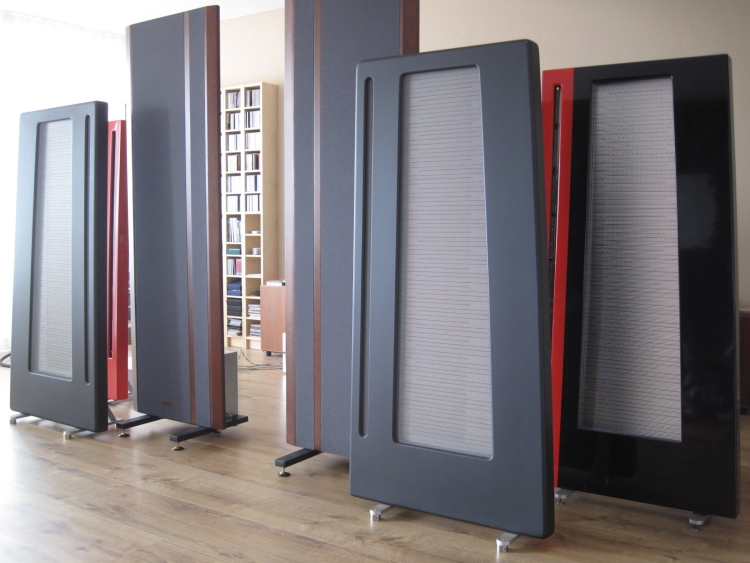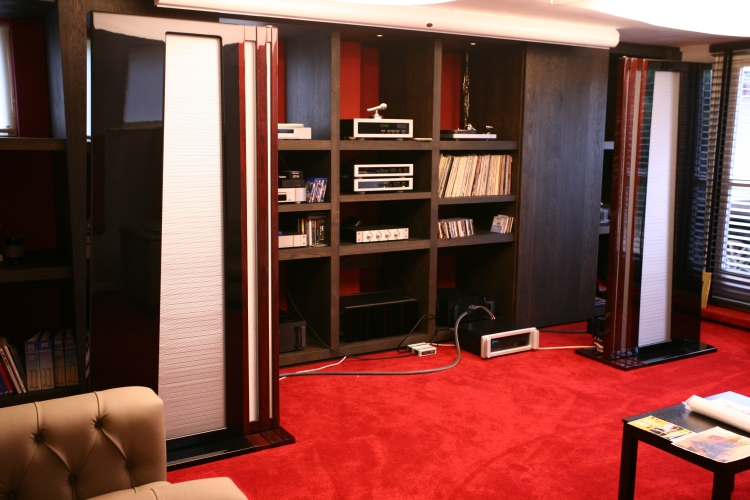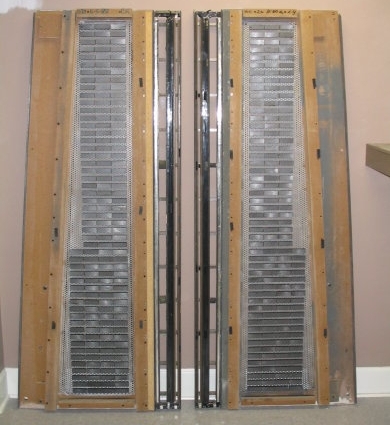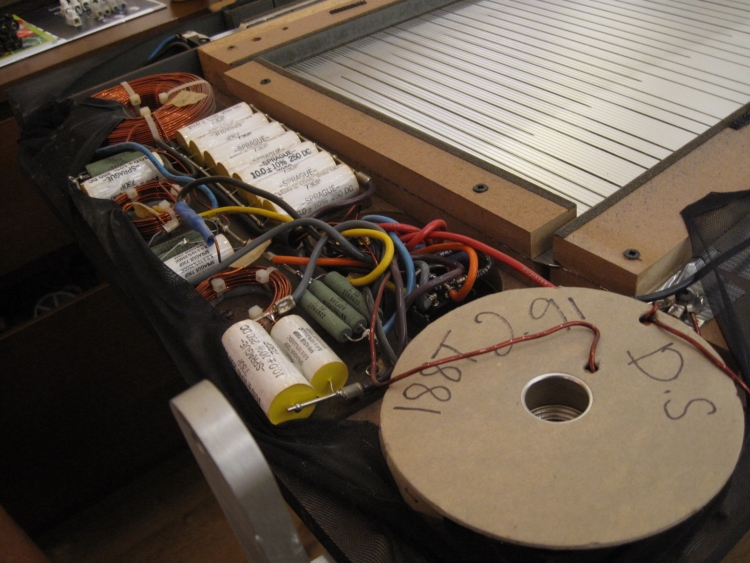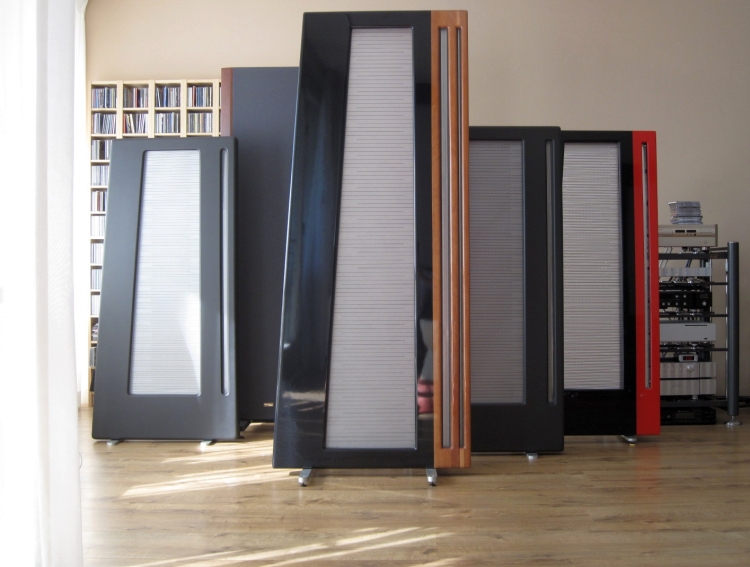
Detailed Info about the Apogee Diva
My very own pair of Divas: fully refurbished, with real cherrywood finish
read the review
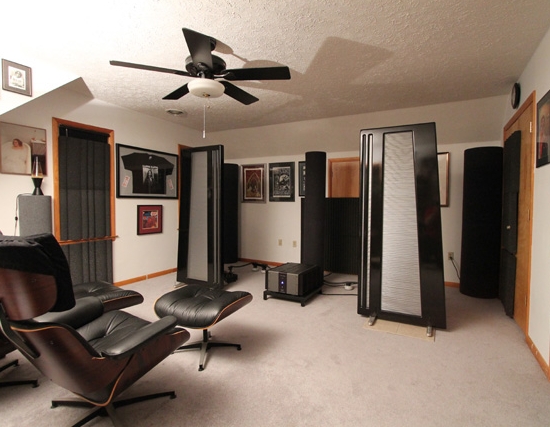
I quite like ’em in glossy black… and I think I should also try an FPB600 some time.
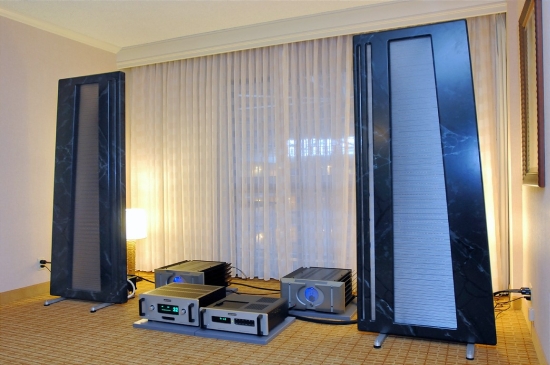
One of the originally available finishes if you can believe it: Faux marble effect. Not for me.
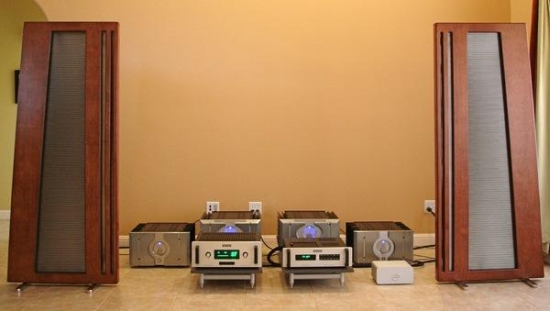
All the original covers are made of MDF so I’m guessing this is either faux wood structure, or perhaps a newly made real wood cover. Personally I prefer gloss on these large speakers.
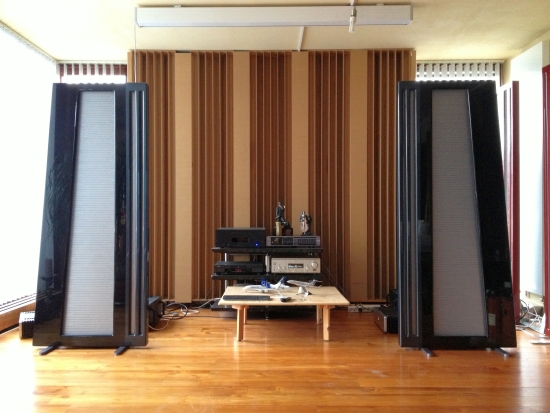
The Divas above were done by Henk and I really like the understated yet elegant two-tone look.
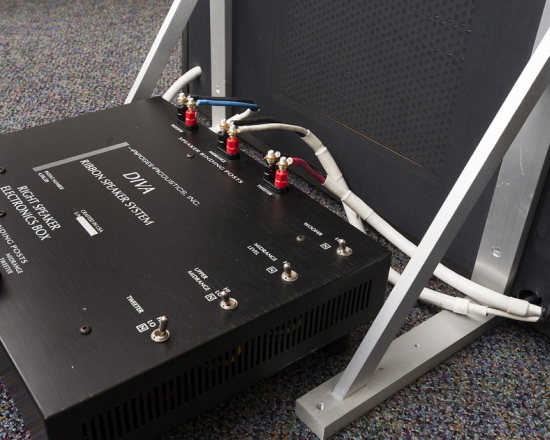
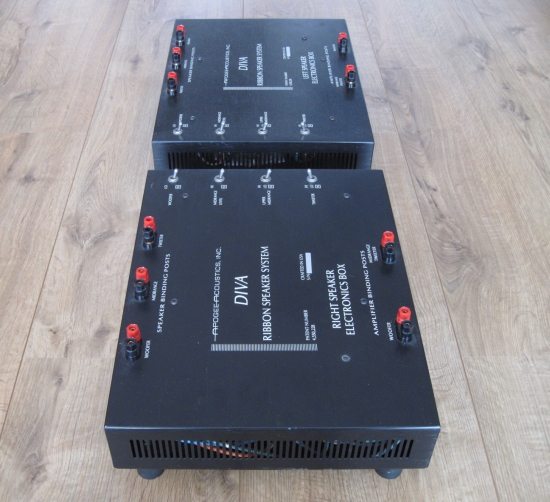
I’ve listened to three Diva-based setups and thus far had my doubts about this speaker. It should be brilliant and yet it hasn’t impressed me as much as the Duetta Signature does. But I have now obtained a fully restored pair of my own, which I am in the process of reviewing. See Apogee Listening Sessions for more info.
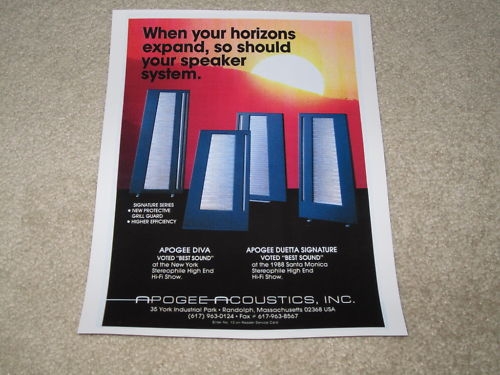
Above: Diva – SIGNATURE
Generic Info
The Diva was Apogee’s most expensive ribbon speaker when it was released in 1988. Nearly as large as the original Full Range it was a 3-way system, slightly over 6 feet tall with a very large trapezoidal bass panel, a 3 element aluminium midrange ribbon and a tweeter made from a single strip of aluminium foil.
The design has an external crossover box with controls for bass (normal-lo), overall midrange level (normal-high), upper midrange (high-normal-lo), and tweeter level (high-normal-lo).
Interesting Facts
There were 2 versions of the Diva: the original and the Signature version. The midrange ribbon of the later model is visibly different as the 3 strips are the same width, as opposed to the earlier version where the middle strip is narrower. This is a possible error in ribbon production, not an intentional change as ribbon trace widths varied due to the hand-cutting.
After 1993 Divas were made to special order only. The later versions have serial numbers starting from 6000, as opposed to from 10000 for the originals. More important than the change of the midrange ribbon was the change to stronger magnets, which considerably increased the magnetic field strength which in turn also increased the maximum SPL to 118dB. Also, the screen mesh was changed (to a stronger version I guess). Another source states that there was indeed a signature version of the Diva, but that it only received new grills and a new badge, and was added to prevent grey imports from the USA. Stronger magnets is not officially confirmed.
The Diva’s outboard crossover was modified after serial number 10360 to make conversion for DAX (dedicated active crossover)operation easier, not to alter the sound.
Personal note: my own Divas have serial 10180, so is of the earlier series, as are all other Divas I have heard.
Interesting discrepancy
Almost everywhere the crossover frequencies are stated as 550hz bass to mid and 12khz mid to tweeter, with in brackets “electronic”. I’m not quite sure what is implied (DAX operation perhaps?) but I did read different specs in a review of a well respected magazine, stating 300hz bass to mid and 11khz mid to high.
Specifications
1988-1995
Original Retail $7500
Height 188 cm
Width 82 cm
Impedance 3 ohms
Bass driver
Aluminium/Kapton panel (hand cut)
Midrange
Aluminium/Kapton (3 segment)
Tweeter
Aluminium single segment
Max Sound Level
115db SPL @ 4m with 100W amplifier in a 18’x25’x8′ room
Sensitivity @ 3m
87dB
Frequency response
25Hz (-3dB) to 25kHz
Crossover frequencies
550Hz bass to mid, 12kHz mid to tweeter
(another source states 300Hz bass to mid, 11kHz mid to tweeter)
Suggested amp power
100W (into 8 ohms) 200W (into 4 ohms) with ±20amp current
Weight
150lbs each (68KG)
Finishes available
Light grey, Anthracite, Taupe, faux marble plus faux wood finishes
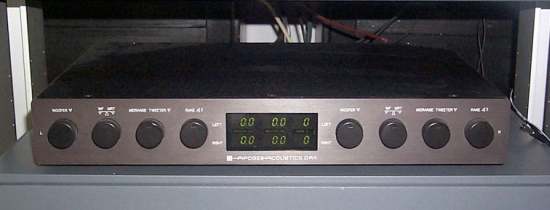
DAX (optional)
A DAX is a two channel Dedicated Active Crossover designed specifically to be coupled with the Diva, Duetta Signature and Caliper Signature, or Mini Grand and Studio Grand speakers. A DAX provides exceptional tuning flexibility which enables users to sculpt a tonal balance to meet their listening requirements whilst skipping part of the passive crossover components. The DAX will accomodate a wide range of preamplifier and amplifier characteristics.
More DAX photos and detailed info
